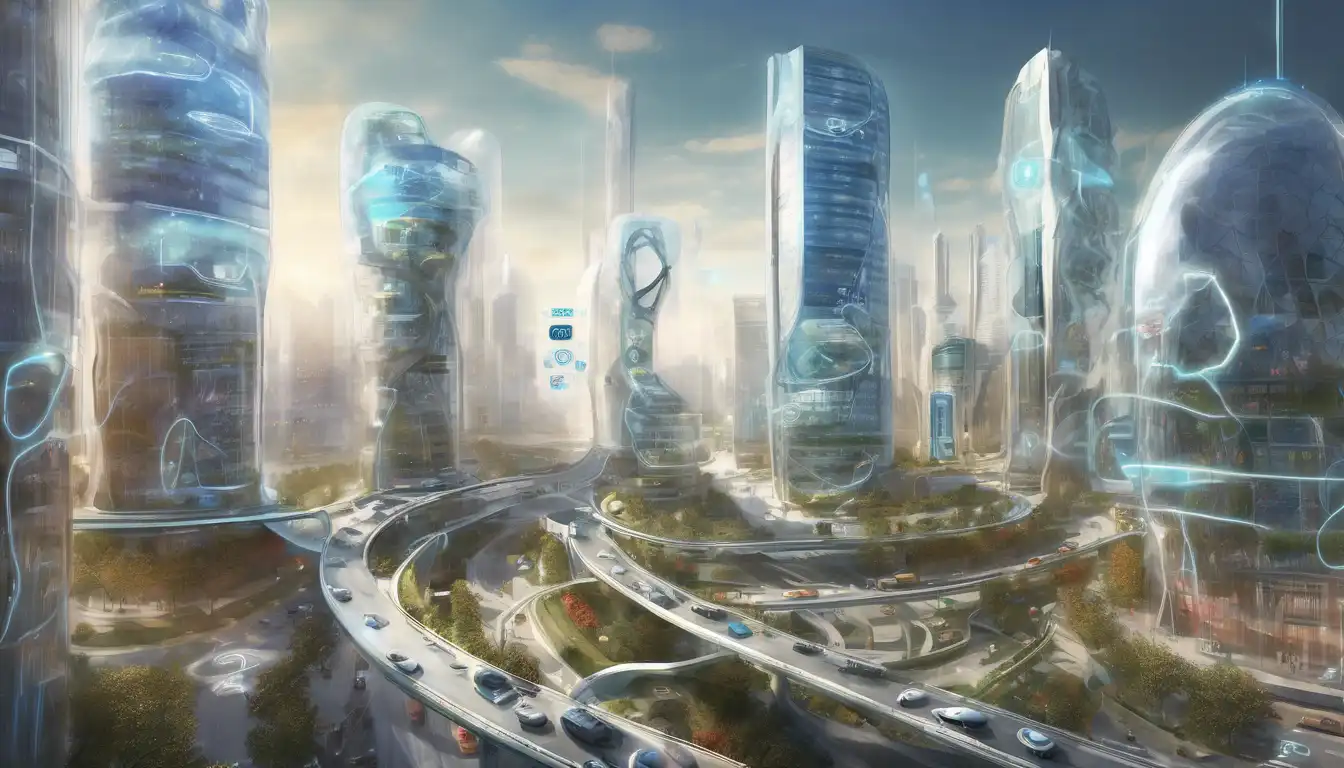The Role of IoT in Shaping Smart Cities
The Internet of Things (IoT) is revolutionizing the way we live, work, and interact with our urban environments. By connecting devices, sensors, and systems across cities, IoT is paving the way for smarter, more efficient, and sustainable urban living. This article delves into the transformative potential of IoT in smart cities, highlighting key benefits, challenges, and future prospects.
Key Benefits of IoT in Smart Cities
IoT technology offers numerous advantages for smart cities, including:
- Enhanced Efficiency: IoT enables real-time monitoring and management of city infrastructure, reducing waste and improving service delivery.
- Improved Sustainability: Smart energy grids and waste management systems help cities reduce their environmental footprint.
- Increased Safety: IoT-powered surveillance and emergency response systems enhance public safety and security.
- Better Quality of Life: From smart lighting to traffic management, IoT solutions make urban living more convenient and enjoyable.
Challenges Facing IoT Implementation
Despite its potential, the integration of IoT into smart cities is not without challenges. Key issues include:
- Privacy Concerns: The collection and analysis of vast amounts of data raise significant privacy issues.
- Security Risks: IoT devices are vulnerable to cyberattacks, posing risks to city infrastructure and personal data.
- High Costs: The initial investment required for IoT infrastructure can be prohibitive for some cities.
- Technical Complexity: Implementing and managing IoT systems requires specialized skills and knowledge.
The Future of IoT in Smart Cities
Looking ahead, IoT is set to play an even more pivotal role in the development of smart cities. Innovations such as 5G networks, artificial intelligence, and edge computing will further enhance the capabilities of IoT systems. Cities that embrace these technologies will be better equipped to address urban challenges, improve residents' quality of life, and achieve sustainability goals.
For more insights into the future of urban technology, explore our articles on smart infrastructure and sustainable cities.
Conclusion
The integration of IoT into smart cities represents a significant leap forward in urban development. By harnessing the power of connected devices and data analytics, cities can become more efficient, sustainable, and livable. However, realizing this vision requires addressing the challenges of privacy, security, and cost. With continued innovation and collaboration, the future of IoT in smart cities looks bright.
